Roeffaers Lab
Nanoscopy and catalysis
PHD Defence Wouter Vandezande
PHD Defence Wouter Vandezande
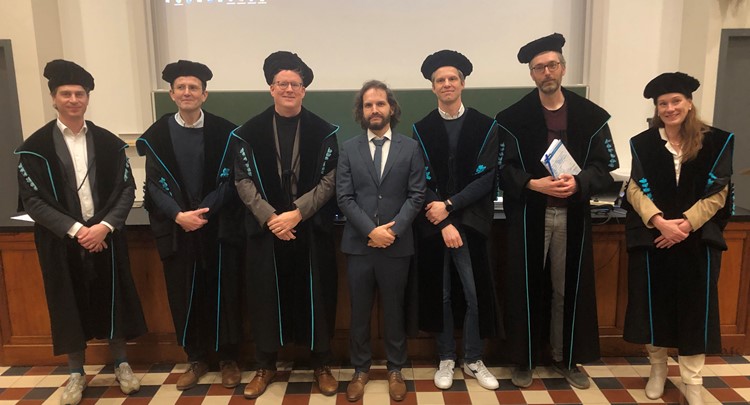
Volatile organic compounds (VOCs) are chemicals found in different places like homes and industries, coming from both nature and human activities. Since VOCs can be harmful to health and the environment, it's important to find and keep track of them. The usual way to do this is with an expensive method called gas chromatography with mass spectrometry, but it cannot provide real-time, on-site measurements.
To solve this problem, this Ph.D. project worked on making a sensor that is both affordable and versatile. Fiber-optic surface plasmon resonance (FO-SPR) sensors were used and added metal-organic frameworks (MOFs) to make VOC detection possible. MOFs are known for being stable, diverse, and good at grabbing onto certain chemicals like VOCs, making them a good fit for the sensors.
The project started by examining and comparing different ways to sense VOCs. It then focused on why FO-SPR sensors are promising for detecting VOCs and explaining how these work. It also looked closely at MOFs, talking about their structure and how they work, especially in combination with FO-SPR sensors.
All this knowledge was used in a study to find VOCs using FO-SPR sensors modified with MOFs. The study successfully found different types of alcohols at certain levels, showing that MOF-modified FO-SPR sensors can really find VOCs.
Although this first study worked well, it was realized that the sensor could be used even better by looking at the full range of light the FO-SPR sensor produces. So, a new model was created to analyze the entire spectrum of light, providing more information about the substances detected by the sensors. The new model was demonstrated by determining the thickness and refractive index of the MOF in real-time when it was applied to the FO-SPR sensor.
After closely examining these results and the created model, it was observed that things could be improved even further. Thus, another more extensive model was developed that more accurately simulates the FO-SPR sensor. This new model uses three-dimensional ray-tracing and can, as a result, simulate rays at more angles. This makes this model a more versatile tool for further development of these sensors than the old model.
In short, new FO-SPR sensors were successfully created that use MOFs to detect VOCs selectively and sensitively. Also, a new model was created to fully leverage the capabilities of these sensors.
https://lirias.kuleuven.be/handle/20.500.12942/732068
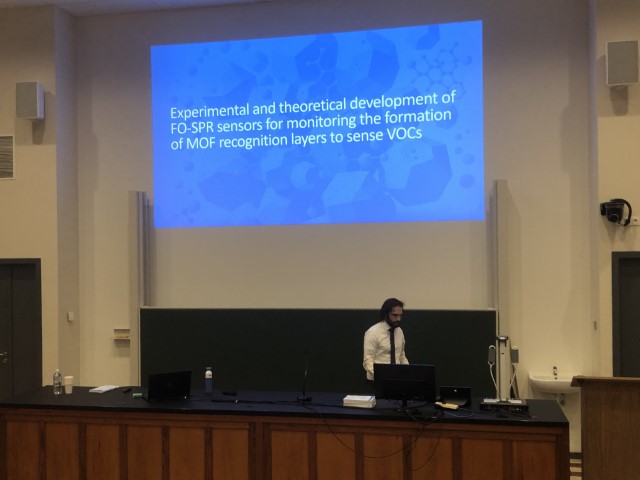
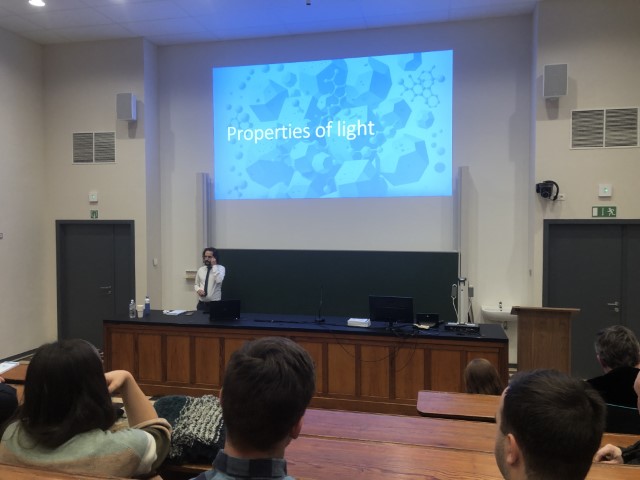

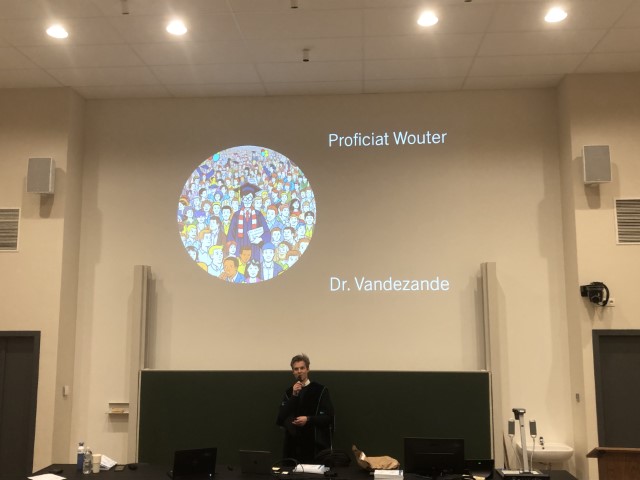

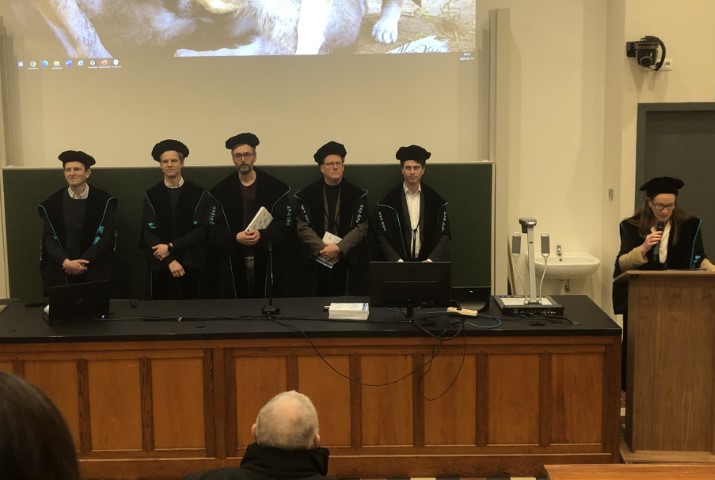

To enable comments sign up for a Disqus account and enter your Disqus shortname in the Articulate node settings.